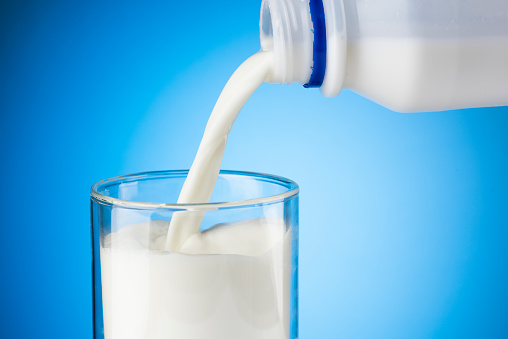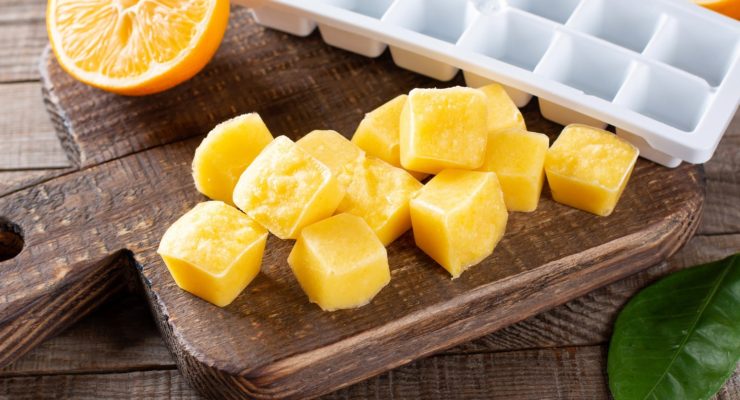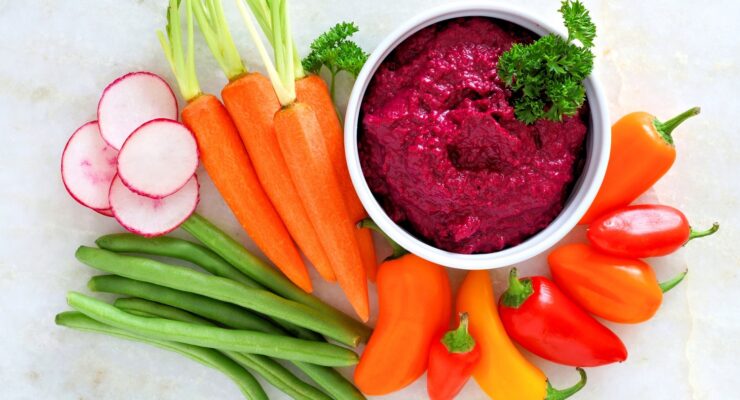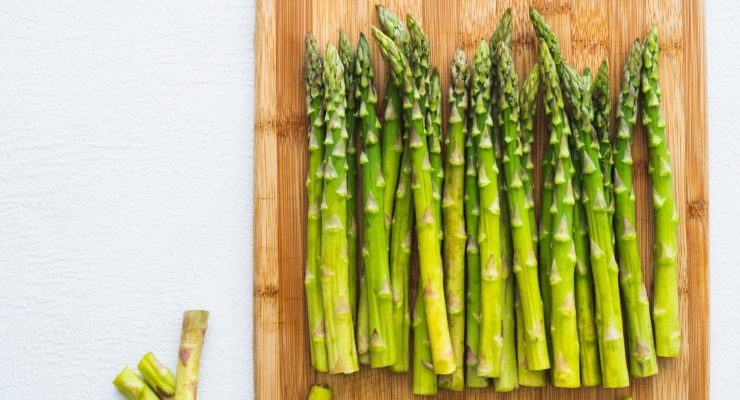Yogurt: Greek, Icelandic, Aussie… What’s the Difference?
Article posted in: Diet & Nutrition Experts’ Corner
A simple stroll down the dairy aisle is like watching the opening ceremonies of the Olympics. Greek, Australian, Icelandic and traditional, the varieties of yogurt are endless. Just 10 years ago yogurt lovers had few options. Low-fat, no fat, fruit on the bottom or top. So why is yogurt exploding in popularity?
Nutritionists often recommend a serving of yogurt as part of a healthy diet. Active live cultures in the ancient food make it a gut healthy choice that contributes to a boost in immunity. It may even aid in digestion. The USDA recommends adults consume three cups of dairy per day to meet calcium, vitamin D, potassium and protein needs.
Yogurt is an easy, portable and healthy dairy choice. But with so many types of yogurt, how do you choose the right one?
Keeping it Healthy
Watch the sugar. “Look for all the sources of sugar in the ingredient statement—things with –ose in the name,” recommends Mandi Knowles, Registered Dietitian for Nutrisystem. Nutrition Fact Labels combine added sugars and naturally occurring sugars into one total. Plain traditional yogurt contains 12 grams of naturally occurring sugar in a six-ounce serving. “Milk has natural sugars so you will find sugar in all your yogurts,” Knowles explains, “you are looking for added sugar. I would recommend a six-ounce serving fewer than less than 17 grams of sugar in the flavored variety.”
Yogurt is an easy way to add protein. Pick yogurts that contain at least eight grams per serving. When eating to control weight, including lean protein at every meal can keep you satisfied. Some varieties of yogurt have more protein per ounce than others.
“Choose your fat level” recommends Knowles. “I’ll take the extra protein, fat and calories for satiety. New research has linked eating full-fat dairy with lower body weight. Low-fat yogurts are a nice middle ground.”
Look for the live and active culture seal. This ensures you’re getting the beneficial probiotics.
Traditional Yogurt
Light and creamy in texture, traditional yogurt contains all of the whey making it one of the most calcium-rich choices of all the unfortified yogurts. Studies have suggested calcium consumption aids in maintaining a healthy weight. Keep it healthy with a plain low-fat yogurt. Add your own fruit or nuts for extra flavor. A six-ounce container of plain low-fat yogurt contains approximately 12 grams of sugar, nine grams of protein and 107 calories.
Greek Yogurt
How do they get that stick to the spoon texture? They strain the calcium-rich whey out. This makes more room for protein. Thicker and creamier with double the protein of traditional yogurt, Greek yogurt boasts less sugar and calories. One cup of nonfat Greek yogurt counts as one Powerfuel for those following the Nutrisystem Program. A six-ounce portion of most Greek plain nonfat yogurt contains 16 grams of protein, six grams of sugar and 100 calories.
Icelandic Yogurt
If you like Greek yogurt, you’ll love Icelandic yogurt. It has the same thick and creamy texture of the Greek version, but with a milder flavor. This yogurt packs the most nutrition and makes for a smart choice with its low sugar content. One serving of plain, nonfat Icelandic yogurt typically contains 17 grams of protein, three grams of sugar and 100 calories.
Australian Yogurt
A newcomer to the yogurt aisle, this variety is crafted using unstrained whole milk. Traditionally served with honey, Australian yogurt is now offered in endless and unique flavors. The plain version dishes out 10 grams of protein, 11 grams of sugar and 180 calories.
Non Dairy Yogurt
For those who enjoy yogurt but can’t consume dairy, the shelves are stocked with alternatives. Almond, soy and coconut milk are common options. All available in different flavors and textures. Reading nutrition labels is the best way to ensure you’re adding a healthy alternative and not a dessert to your diet. Compare Nutrition Facts labels and select varieties that provide calcium, protein and vitamin D while limiting sugars and adding protein.
Dress It Up At Home
Knowles offers these tips for making your plain yogurt satisfying and healthy:
- Use spices like cinnamon and nutmeg. Dive into pumpkin pie spice this fall. Spices are Free Foods on the Nutrisystem program.
- Use a little local honey. Control it, a little goes a long way. One teaspoon counts as on Extra on the Nutrisystem program.
- Fresh or frozen fruits
- Nuts
- Combine plain yogurt with a drop of honey, fruit, cinnamon and nuts for a full and satisfying breakfast.
*All nutritional information taken from the USDA’s Food Composition Database, www.SiggiesDairy.com and www.noosayoghurt.com on 9/5/2016









